A Model For Modern Nonlinear Noncontiguous Operations: The War In Burma, 1943 To 1945
Nonfiction, History, Germany, European General, Military, United States| Author: | Major John Atkins RLC | ISBN: | 9781782893752 |
| Publisher: | Verdun Press | Publication: | August 15, 2014 |
| Imprint: | Verdun Press | Language: | English |
| Author: | Major John Atkins RLC |
| ISBN: | 9781782893752 |
| Publisher: | Verdun Press |
| Publication: | August 15, 2014 |
| Imprint: | Verdun Press |
| Language: | English |
The War in Burma is all too frequently forgotten as a source of relevant military experience. Admittedly it did not have the strategic importance of other theatres such as the Pacific or North West Europe, but it did witness some of the hardest and most bitter fighting of the War. Because of the nature of the terrain, limited allied resources and the type of dispersed operations conducted by the enemy, Allied forces were forced to adapt a new method of warfighting to counter these difficulties. The aircraft and the radio revolutionised the way that the campaign was to be conducted. It was discovered for the first time that formations could be dispersed across the battlespace and could fight independently of a ground line of communication.
The first formation to prove that this approach was possible was the 77th Brigade, later to earn the title of Chindits and commanded by Brigadier Orde Wingate. Employing Wingate’s theories of Long Range Penetration for the first time, the Chindits travelled hundreds of miles behind the enemy’s forward positions and attacked his rear areas and lines of communication. Throughout the operation, they received all their supply requirements from transport aircraft and were never in physical contact with friendly forces. The Chindits conducted a truly joint, mobile, nonlinear and noncontiguous operation. Within a year, conventional brigades, divisions and corps of the British Fourteenth Army and the American/Chinese forces in northern Burma were conducting similar operations, this time supported by many more aircraft for both logistic sustainment and fires. Field Marshall William Slim called it a new way of fighting and suggested that four elements contributed to the new concept: joint operations, the use of mission command, the reduction of the logistic footprint of the force to increase tempo, and the conduct of operations by dispersed forces which are tactically independent but focused on operational-level objectives.
The War in Burma is all too frequently forgotten as a source of relevant military experience. Admittedly it did not have the strategic importance of other theatres such as the Pacific or North West Europe, but it did witness some of the hardest and most bitter fighting of the War. Because of the nature of the terrain, limited allied resources and the type of dispersed operations conducted by the enemy, Allied forces were forced to adapt a new method of warfighting to counter these difficulties. The aircraft and the radio revolutionised the way that the campaign was to be conducted. It was discovered for the first time that formations could be dispersed across the battlespace and could fight independently of a ground line of communication.
The first formation to prove that this approach was possible was the 77th Brigade, later to earn the title of Chindits and commanded by Brigadier Orde Wingate. Employing Wingate’s theories of Long Range Penetration for the first time, the Chindits travelled hundreds of miles behind the enemy’s forward positions and attacked his rear areas and lines of communication. Throughout the operation, they received all their supply requirements from transport aircraft and were never in physical contact with friendly forces. The Chindits conducted a truly joint, mobile, nonlinear and noncontiguous operation. Within a year, conventional brigades, divisions and corps of the British Fourteenth Army and the American/Chinese forces in northern Burma were conducting similar operations, this time supported by many more aircraft for both logistic sustainment and fires. Field Marshall William Slim called it a new way of fighting and suggested that four elements contributed to the new concept: joint operations, the use of mission command, the reduction of the logistic footprint of the force to increase tempo, and the conduct of operations by dispersed forces which are tactically independent but focused on operational-level objectives.
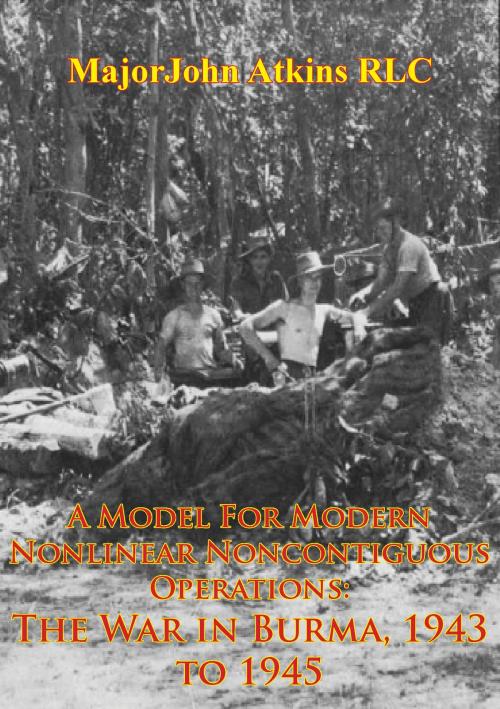
![Cover of the book Battle For The Solomons [Illustrated Edition] by Major John Atkins RLC](https://www.kuoky.com/images/2015/november/300x300/9781786251848-l00S_300x.jpg)

![Cover of the book Panzer Leader [Illustrated Edition] by Major John Atkins RLC](https://www.kuoky.com/images/2015/november/300x300/9781782893028-AAEW_300x.jpg)
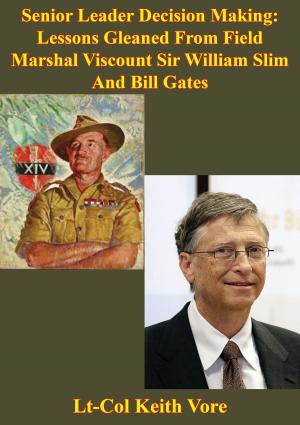

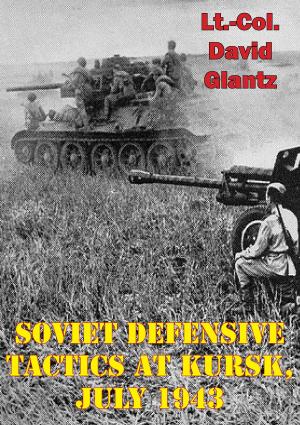
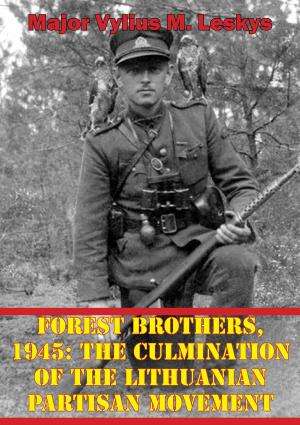



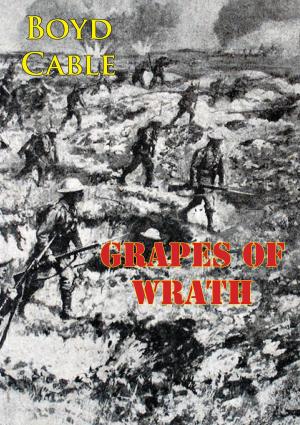
![Cover of the book Marines In World War II - The Campaign On New Britain [Illustrated Edition] by Major John Atkins RLC](https://www.kuoky.com/images/2014/august/300x300/9781782892823-UYPK_300x.jpg)


